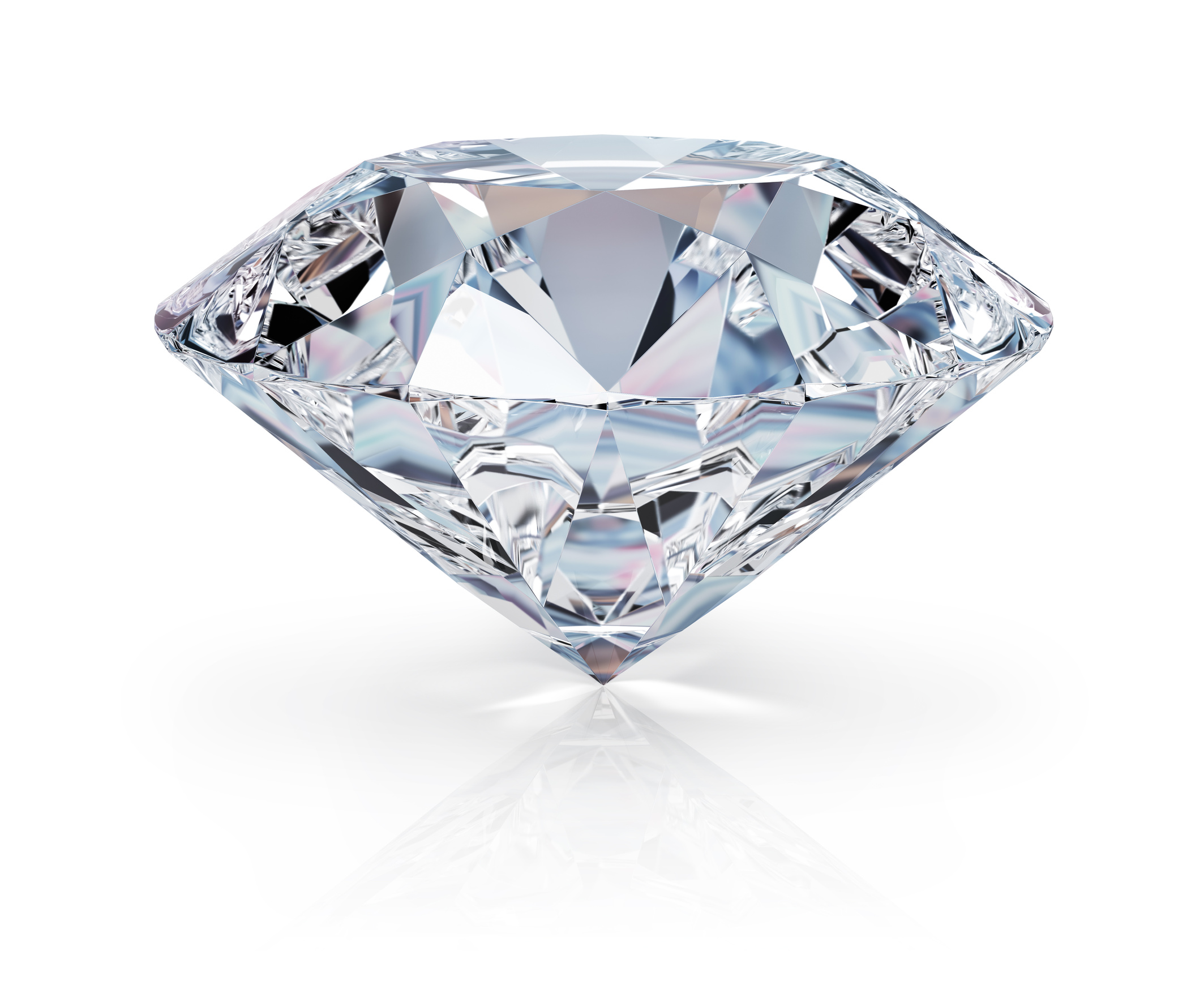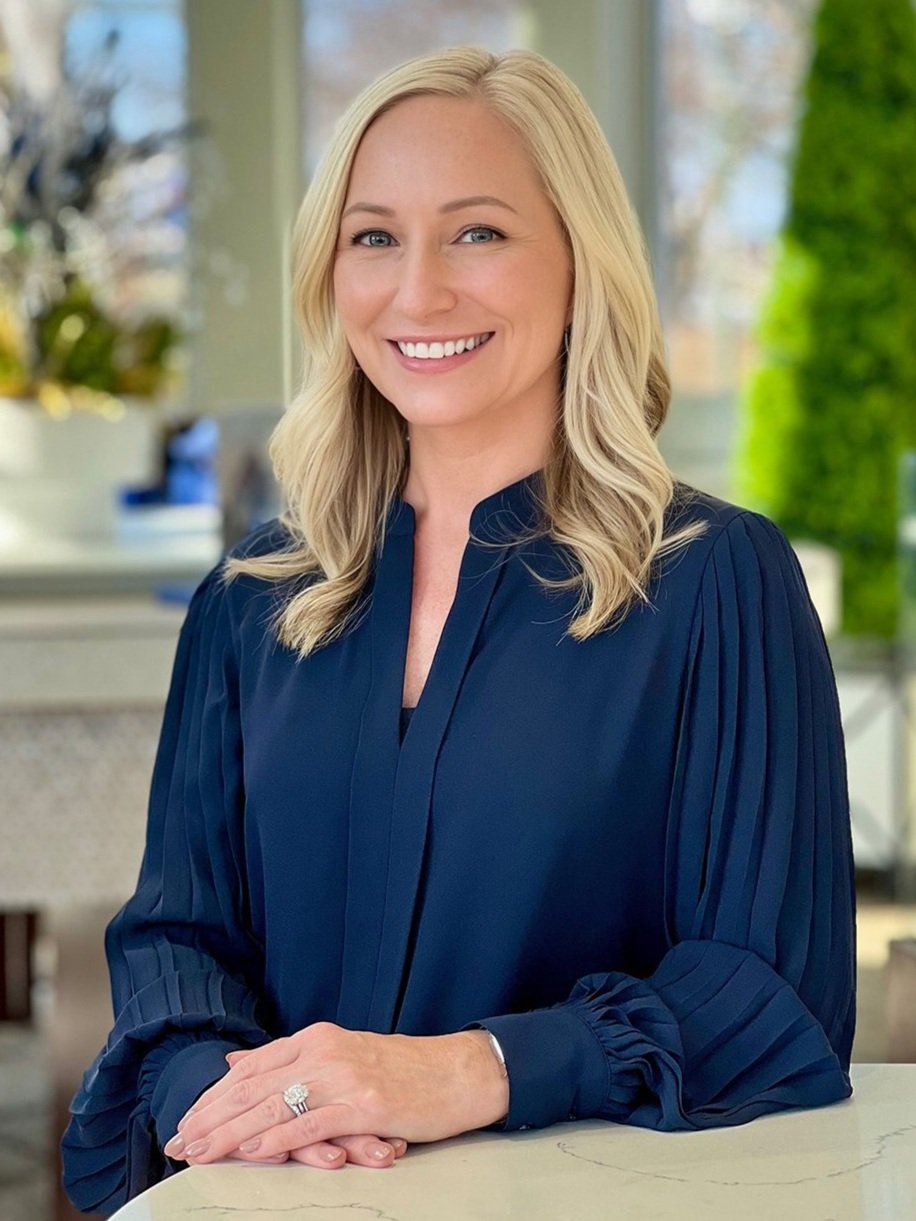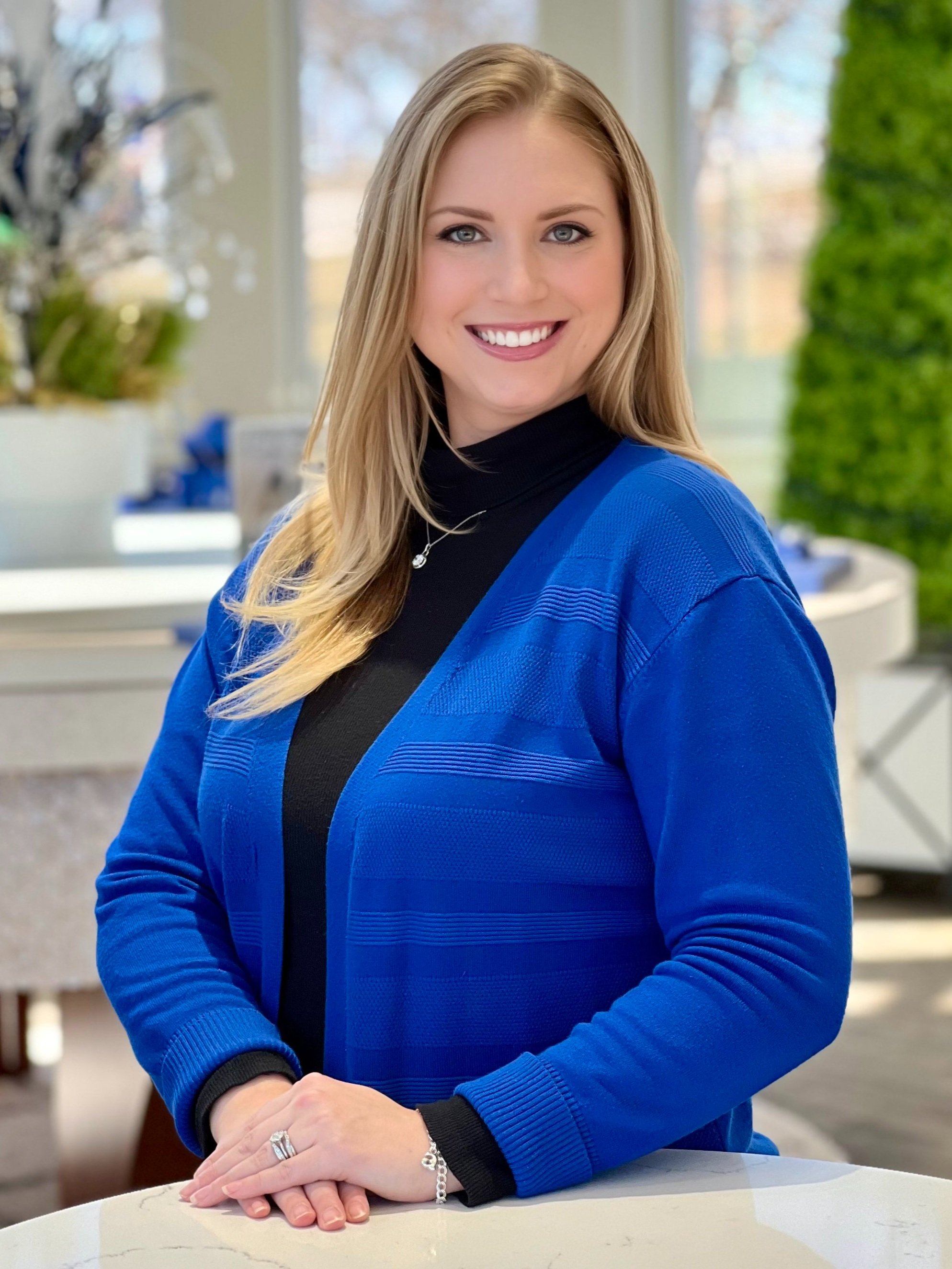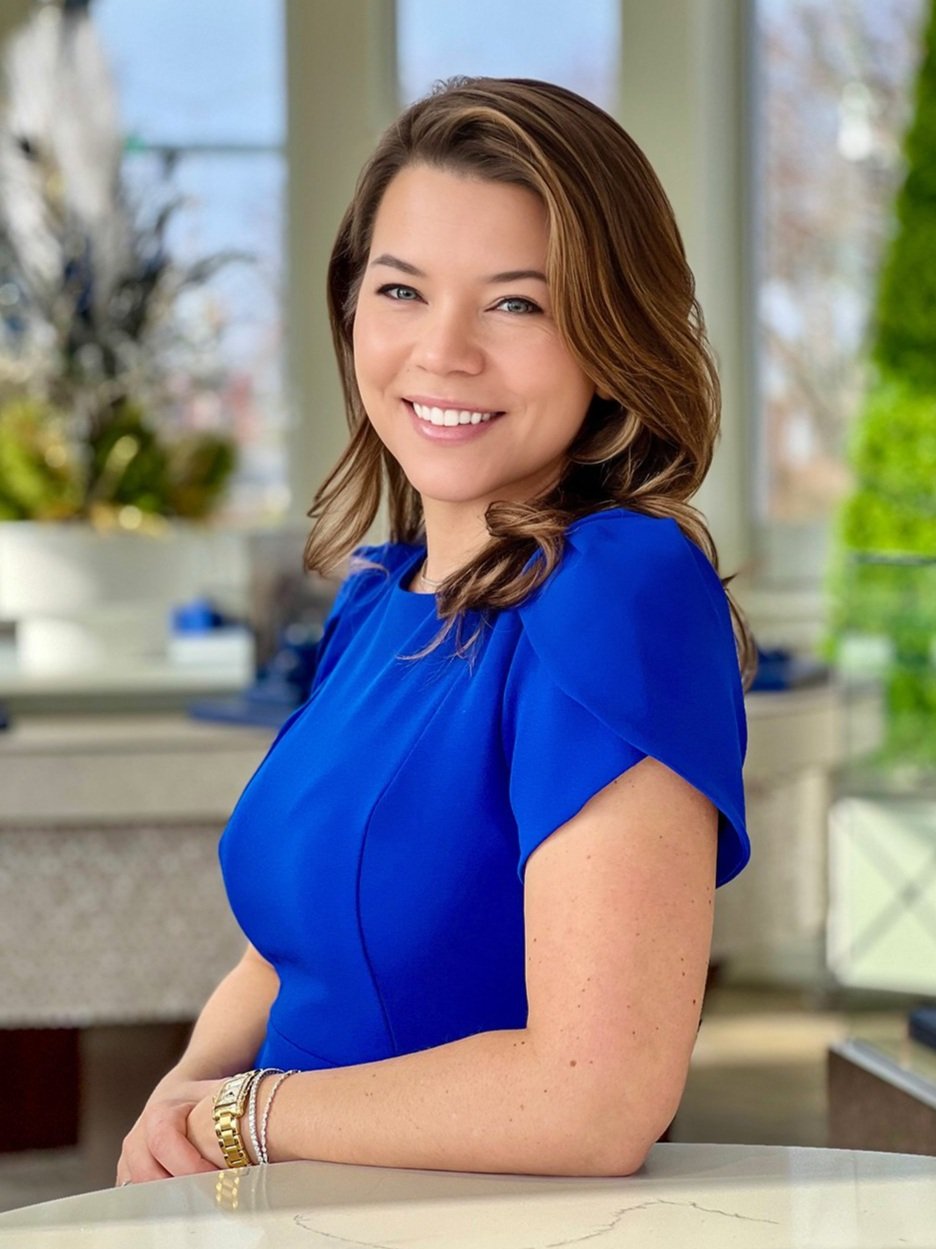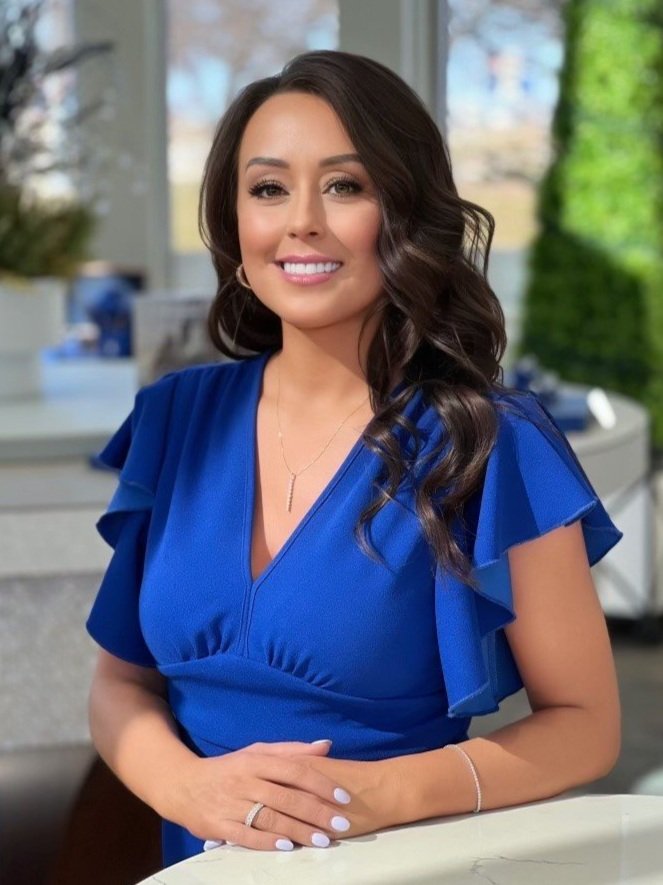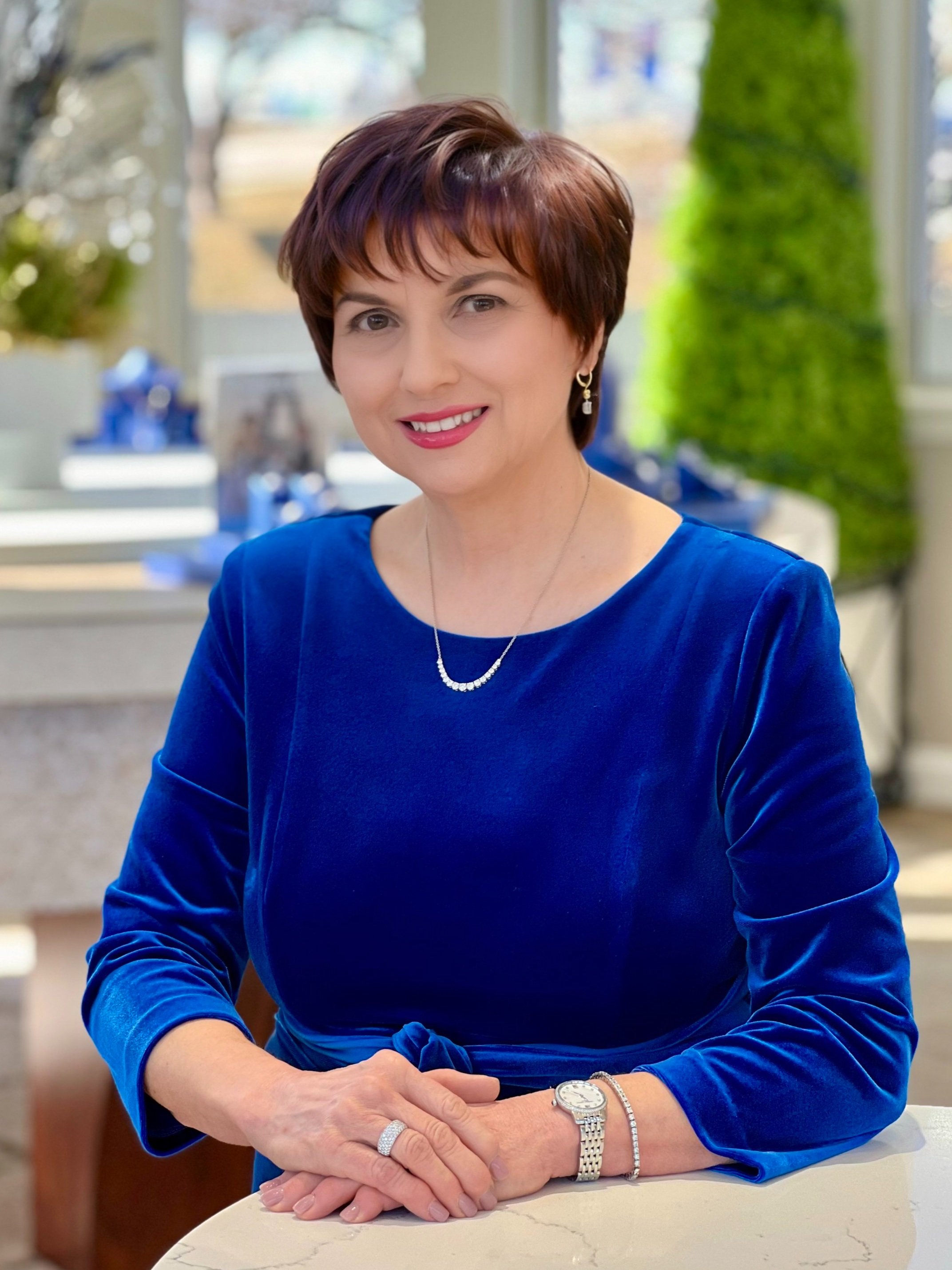Diamond Buying Guide
The Four C's of Diamonds by Craig Husar, GIA Graduate Gemologist
Have you ever given someone a gift that they will, without a doubt, use every day for the rest of their lives? No, you probably haven’t. Not even those adorable handprint ornaments you made for mom when you were in kindergarten can stand the test of time. A diamond ring, on the other hand, will be worn and treasured every day for the rest of your beloved’s life.
That fact inspires couples to pick out the perfect diamond, but it also strikes fear in the heart of many of our clients at Craig Husar. Our customers often come to us confused and frustrated after finding conflicting information about diamonds and ring styles.
Movies and TV shows put even more pressure on couples to find the perfect diamond. Most people aren’t lucky enough to be Reese Witherspoon in “Sweet Home Alabama,” when Patrick Dempsey proposed by taking her into a jewelry store, pointing to the rows of jewelry cases and telling her to pick one. We’d argue that he took the easy way out. He didn’t have to know anything about diamonds or his betrothed’s tastes and preferences to get engaged; he let her do all the work.
In reality, the thought and time put into picking out the perfect diamond are what make it the ultimate gift. Many of our clients begin the process by thinking that all diamonds are the same: beautiful and sparkly. However, picking the right diamond includes knowing your beloved’s tastes and favorites, understanding the important and varied features of a diamond and finding a jeweler with whom you’d like to work.
Since many of our customers feel lost in diamond-buying process, I have created this diamond buying guide to help you find the perfect diamond. My gemologists and design experts have helped to create this diamond buying cheat sheet as a way to simplify this sometimes complicated process, so that you can be educated enough to buy the diamond that is right for you.
We know how tough it is to purchase a diamond, so let’s review the basics of how diamonds are evaluated and rated: the Four C’s.
Diamond Buying Guide: How to Pick a Diamond
According to the World Diamond Council, more than $13 billion in rough diamonds are mined each year, and after inspection, only about 30 percent of those diamonds are found to be of jewelry quality. Then, those precious gems are sent out to expert craftsmen for cutting and polishing. It is in this process, from formation inside the Earth to the finishing touches, that a diamond’s worth becomes known.
The standards used to differentiate and distinguish between diamonds are often referred to as the four C’s of diamonds. These four categories make up the diamond grading guide. The four C’s are:
Color
Clarity
Cut
Carat
Each of these is used to establish the rarity, and ultimately the price, of a precious diamond. Here’s our cheat sheet to help explain these categories.
4C's | Color
Some of our customers get confused when talking about the color of diamonds. They’ll say, “She wants a blue stone,” and we’ll explain that she actually wants a sapphire. Or they’ll say, “She wants platinum,” and we explain that that is the metal of the setting, not the diamond. There are some rare diamonds, like yellow canary diamonds, that do have a natural and sought-after color, and they are different than the yellowing color we will talk about below.
In truth, when evaluating the color of a diamond, we are actually evaluating how colorless it is. A lack of color indicates a near perfect diamond, while color – such as a faint yellow tint – indicates a less perfect diamond. The colors of diamonds are ranked from D to Z, with D being the highest sought after colorless and Z having light color and appearing slightly yellow.
Why is a rating of colorless so sought after? Diamonds of this quality are able to reflect light more brilliantly, resulting in more of what we call light interaction and what you may call sparkle. What adds color to a diamond? The precious gem can be impacted by chemical impurities or defects within the structure of the stone, neither of which are desirable and both of which will decrease value.
Some of the changes in color are not perceptible to the human eye, but take a look at our helpful diamond color grading sliding scale. It compares diamond color grading in an easy-to-use chart, so that you can learn the differences in color.
When evaluating for color:
• Colorless is the sought-after standard
• A ring that has a yellowish hue indicates a lack of color quality
• Consider the metal of the setting when determining which color grade is right for you
4C's | Clarity
The next C that we will explain is clarity. Clarity is the measure of how the stone appears both internally and externally, with a particular eye towards faults called inclusions or imperfections. These blemishes may be caused by microscopic crystals trapped in the stone during its formation or by breaks in the diamond, called feathers, or by chips or cavities within the diamond.
Many of these so-called blemishes are not visible by the naked eye. The scale of measurement starts with the very rare flawless rating and ends with I3. The I in this case stands for inclusions.
Our Diamond Clarity Scale illustrates the difference between these ratings. Gemologists can rate these imperfections thanks to tools that allow them to magnify the diamond tenfold, but many differences in rating aren't clear to the naked eye. Very few people are even able to detect VS2 inclusions, even though it is about the middle point on the grading scale. Imperfections that are visible to the naked eye do a have negative impact on the value of the stone and should be avoided.
Confused about inclusions and imperfections? Use the diamond clarity scale to see examples of the types of flaws that could negatively impact the value of your diamond.
When evaluating for clarity:
• Find out which, if any, imperfections are present in the ring
• Look for rings rated VS2 or above
• Even though these blemishes aren't perceptible to the human eye, they will impact the value of the ring
4C's | Cut
Our third C is cut. Some people think this indicates the actual shape of the cut, like emerald, princess or oval. Not so.
In reality, the cut of the diamond is critically important to its overall value because it creates the refraction of light that is sought after. A well-cut diamond will refract light and appear clear, while a poorly cut diamond will have no light refraction and appear dull. Because of this, many gemologists consider cut to be the most important C of the four.
The Gemological Institute of America (GIA) rates cut on a scale from excellent to poor. Our Diamond Cut Grading Scale illustrates the difference between a well-cut diamond, which displays even dark and bright areas and scores across the top, and a poorly cut diamond, which – due to its steep angle – contains mostly dark areas.
Expert craftsmanship is needed to cut each individual stone to maximize its brightness. Thanks to the lighting at many jewelry stores, poorly cut stones can often appear to be well cut. Observe the stone in different lights, including natural light outside, and ask for official documentation of the cut. The wow factor your beloved is hoping for comes from the light created by an expertly cut diamond, so be sure to consult the diamond cut grading scale.
When evaluating for cut:
• Remember that cut is not the shape of the diamond, but the quality of the cut it received
• Look for alternating bright and dark areas, which will reflect light well
• If the stone looks dull and does not reflect light well, it has been poorly cut
• Observe the diamond in different types of light
4C's | Carat
The final C that we will explain is the carat. Perhaps this is the one that most people are familiar with, as it indicates the weight of the diamond. In most cases, it also determines the size of the diamond, but some cuts do require more depth, meaning two gems of the same carat weight may appear to be different sizes.
A carat is equal to about .007 of an ounce. The word carat comes from the Greek for carob seed, which was used as a standard for weighing small items. You may also hear jewelers refer to a certain point diamond. Each point represents one one-hundredth of a carat. So a 200-point diamond is a two-carat diamond.
Unless you are in the market for the 45 carat Hope Diamond, most of our customers use our Carat Weight Measurement Ruler, which go up to 5 carats, as a way to compare diamond sizes. Our diamond carat guide also allows clients to select two sizes of diamonds, so that difference in the weights can be easily compared.
While many of our clients have ideas of how many carats they’d like in their gem to weigh, oftentimes they are surprised to see just how different two of the same carat weight diamonds can appear once in the setting. Since diamonds are viewed in the engagement ring from the top, the distance across the top of the diamond often has much to do with how large the gem appears. A diamond of fewer carats with a longer diameter across the top of the gem can appear larger.
Another aspect to considering carats is the difference between the carat of the center diamond the total carat weight. The total carat weight also takes into account any smaller diamonds that may surround the center diamond or decorate the band. Do not be confused when a jeweler tells you a ring is 2 carats. Be sure to find out if that number represents the total carat weight of all of the diamonds or the weight for only the center stone.
For our clients who are budget conscious, it is important to keep in mind the so-called magic numbers. Those refer to the round numbers, like a half a carat or two carats, which often see a price increase in the diamond market. So if you are shopping for a 1-carat diamond but find it hard to fit in your budget, look for a 99-point diamond instead; it may be more suited to your budget while looking almost exactly the same to the naked eye. Our consultants can help you with these decisions as well.
When evaluating for carat:
• Thanks to differences in diameter across the top of the gem, it can be difficult to differentiate between carat weights. Use our diamond carat guide to see the differences.
• Be sure to find out the carat weight of the center stone, not only the total carat weight of all of the diamonds in the setting.
• For those on a budget, consider shopping for rings just below the round magic numbers. For example, a 1.4-carat diamond may be significantly less expensive than a 1.5-carat diamond.
Beyond the 4C's | Confidence
Knowing and understanding the four c’s – thanks to our diamond buying cheat sheet – will make you a wise consumer and will probably impress your significant other. Now that you know how to pick a diamond, there is more to consider when selecting the most important gifts you will ever give.
Know your beloved
Do you think she wants a round stone when she thinks princess cut diamonds are the most precious? Does she wear small jewelry and you are shopping for a mega-ring?
Understanding the preferred style of the person who has to wear this diamond every day – not the person buying it – is critically important to finding the right diamond. Not sure about her style? Here are some tried-and-true ways to determine the style that is best for her:
• Take note of the jewelry she already wears. Are most of them large statement pieces, or are they delicate family heirlooms? We can use this information to help steer you in the right direction.
• Start listening. When she’s flipping through a magazine, does she compliment a particular ring or jewelry designer? Has she gushed about the diamond jewelry of a friend or family member? Make a note of those preferences.
• Ask her mom or best friend to help. Chances are, she has mentioned the type of diamond she’s dreamed about to those closest to her.
• Ask her. More and more of our clients are working as couples to create the perfect piece of diamond jewelry. Unless she’s specifically said she wants to be totally surprised, this is a reliable and safe option. Thanks to Craig Husar’s extensive website, it could take just a bit of Web surfing together. Bookmark the styles she likes and we can help you finalize your purchase. Of course, if you are located near Brookfield, WI, you can also stop into our store.
Ask for Professional Help
For some couples, only personally designed diamond jewelry will do. We have helped thousands of couples across the country find the right engagement rings, wedding rings and diamond jewelry. We can show you prototypes of both contemporary and classic designs and make changes to our three-dimensional models to show an accurate design at any time. We can also help you design jewelry from scratch if your partner yearns for a one-of-a-kind piece. Finally, our craftsmen jewelers can make your vision a reality by creating the jewelry you’ve designed. Typically, we can finish these custom projects within six weeks.
Call or email Craig Husar today to start on the road to the perfect piece of diamond jewelry.
Getting Engaged? Plan the Proposal
Thanks to our experts, designing or choosing your diamond can be the easy part. Start to think about how your partner would like to be asked to start the rest of their life. Is she a private person who would be mortified to see her face on the Jumbotron? Proposing at a sports arena is probably a no, even if you are a super fan. Is she very family oriented? If so, an engagement in front of family might be the ideal setting for this celebration.
Getting engaged to the person you love is exciting and romantic. Sure, you've probably been dating for some time, but you've also dated other people in in the past. Engagement is the first step in setting this relationship apart from the others and making a commitment to a lifetime of love and happiness.
Start the Rest of Your Life Today
It all starts with the diamond. Let the Trusted Jewelry Advisors at Craig Husar help you find the perfect diamond jewelry, because as Billy Crystal said in “When Harry Met Sally,” “When you realize you want to spend the rest of your life with somebody, you want the rest of your life to start as soon as possible.”
We look forward to helping you start the rest of your life today. Questions? Fill out our contact form below.

